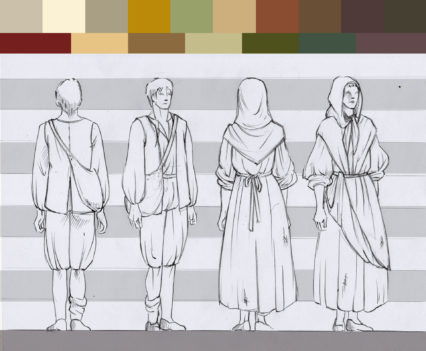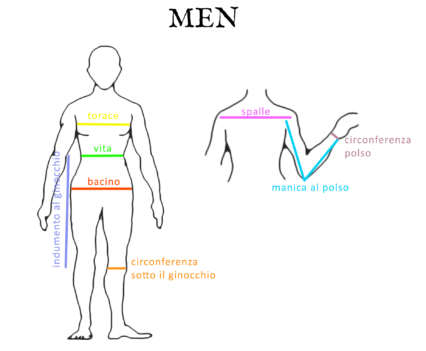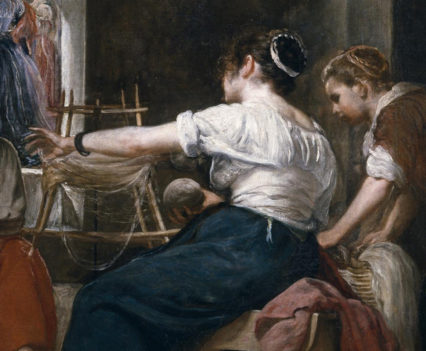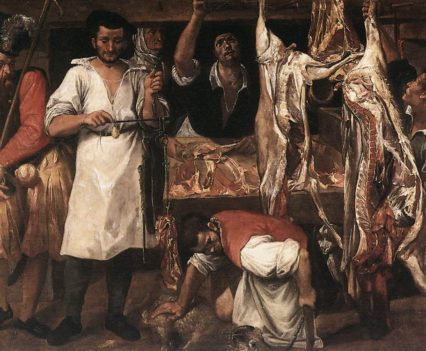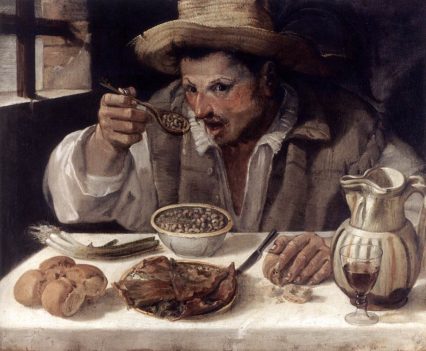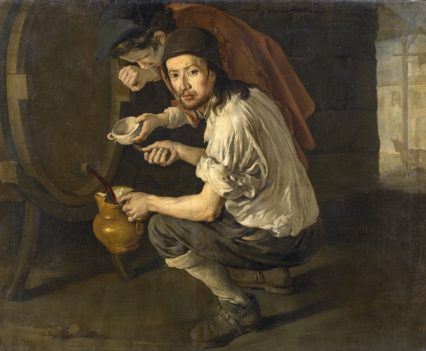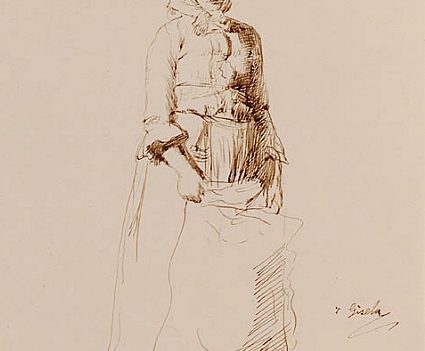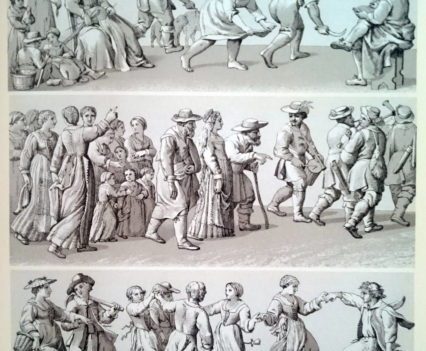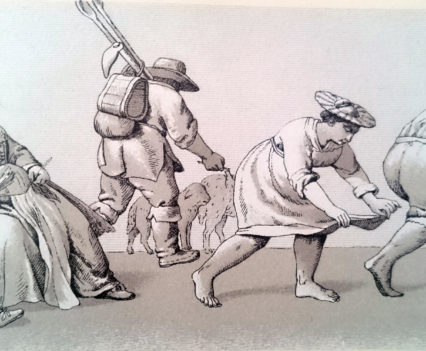
The Costumes
OUR COSTUMES
Costumes are one of the most important features of a historical larp because they help conjure up the charm and feeling of the past. This is why we ask our players to be as accurate as they can as regards to costumes.
Our costumes are made with true antique fabrics (as long as stocks are available) and hand-dyed in order to remind and emphasise the beauty and simplicity of the clothes of the time.
They are also literally tailor-made and designed to avoid the “brand new” effect and to give them a more real and worn look.
Most people in the 17th century had simple clothes, but for higher rank characters we will use more valuable fabrics.
Also, if you want to order more accessories (a waistcoat, a hat, a bonnet, an apron, a bag or more), you can contact Maria Guarneri by writing directly to her email address: estala@gmail.com.
Once you have completed your order you will be sent an email with the request of your measures.
OUR SKETCHES
THE COLOURS OF THE FAMILIES
Each family is characterised by a predominant signature colour which must be repeated in at least one item of clothing like a shirt, a pair of trousers, a skirt, or a waistcoat. The colour should be well visible, but pay attention not to dress yourself in the colour from head to toe.
Colours will help anyone understand and distinguish characters and the family they belong to much more rapidly, thus facilitating and improving the whole game experience.
Costume rental includes a skirt and a shirt for women, and a pair of trousers and a shirt for men. Shoes or any accessories are not included.
HOW TO TAKE MEASUREMENTS
- Have pen and paper ready to write down measurements immediately after you have taken them.
- Use a tape measure, the one used by tailors in soft fabric or flexible rubber. Avoid the metal meter that will result quite inaccurate.
- Stand in the right position: stay straight and breathe normally while taking measurements. Asking somebody for help is better. The tape measure must be placed gently alongside the body, neither too loose or too tight.
- In order to measure correctly, the tape measure should be straight and aligned to the correct body part. For example, while measuring the hips, make sure that both hips and tape measure are parallel to the floor.
- Wear the right clothes. You cannot take accurate measurements if you’re wearing large garments, so put on something tight or just take measurements in your underwear.
- To find the waistline correctly, tie a small string in the body’s natural socket. For men, the waistline is usually a couple of inches above the navel. The string will also serve as a reference to take measurements of the skirt and trousers length.
- To measure your shoulders, place the tape measure along the upper part of your back, from shoulder to shoulder, holding the tape parallel to the floor between the two points where you feel the bones come out.
- To measure the sleeves length, the tape measure should be moved straight along the outer or upper side of the arm kept in bent position.
- Keep your arms down when you’re measuring your chest circumference and do not hold your breath.
- The measurement of the pelvis should be taken with the tape measure always parallel to the ground. You must measure at the point where the behind, seen from the side, protrudes more. Usually hips are at 1/10th of the height from the waistline.
DIAGRAMS FOR MEASUREMENTS
INSPIRATIONS & SUGGESTIONS
Women would generally wear an ankle-long square-neck thick woolen dress, furnished with a lace-up bodice over large skirts. The sleeves are detached, tied to the bodice at shoulder height and allow the shirt below to be half-seen. An apron would often be worn over the skirt to keep the dress as clean as possible. The head was covered most of the time, by a linen bonnet or simply a veil. Sometimes a more adherent headband or bonnet was worn under the veil.
Men, on the other hand, would wear long knee-high stockings sometimes under or over a pair of loose breeches and a ruffled long-sleeved white shirt with a waist belt. A trader or someone more affluent might wear a leather jacket over the shirt. Small bags and sacks were hung with leather straps to the waist belt. Hats and caps were often worn to keep the head warm and not to have to wash the hair. Heavy cloaks were worn only in winter.
It was not uncommon for peasants to go barefoot, especially in the warmer months.
But in colder climates and for the work in the fields, simple leather shoes were regularly worn. One of the most common styles since the Middle Ages were ankle boots with laces on the front. Later on they were fastened with a single strap and buckle. Most of the shoes and boots had a rounded tip.
As regards colours, you should prefer natural and dull shades. Ochre and bright red can be used for accessories more than for the costume. More importantly, for costumes to be convincing they should have a real and worn look, so if they have some holes or patches, are threadbare in some parts, or are stained or smelly, the better. Just imagine you have one single outfit that you have been using everyday for years and years. So off with spotless whites and bright colours!
The ideal fabrics are linen, cotton canvas and wool. Avoid flowery and striped patterns: fabrics weren’t printed at the time but embroided at most, yet these were luxuries a farmer working day and night in the fields couldn’t afford. Women, instead, were allowed some extra refinement yet only extremely rich and high-ranking people might have brocades or expensive fabrics at their disposal. For those female players who wish to make their own dress, this is a great tutorial (though not an easy one…)
Boning (the use of ribs or stays for corsets) is not mandatory, nevertheless it helps a lot for the close-fitting foldless look of the bodice. In conclusion, the basic dress for women must be a large long skirt and a white long-sleeved shirt; only the more affluent women in the village should wear a corset, if they want to stress the difference between them and the peasants.
REFERENCES
BUY THE COSTUME ELSEWHERE
On the Internet there are plenty of sites that sell costumes and items of clothing for larps or historical re-enactments. We advise against the purchase of party costumes (especially if very cheap) because they are made of terrible synthetic fabrics that besides giving a “fake” look are also very uncomfortable to wear for long periods of time.
We suggest Mytholon, one of the most popular webshops in the historic costume field, but it’s sadly known for its very slow shipping times. So if you decide to use it, you have been warned!
